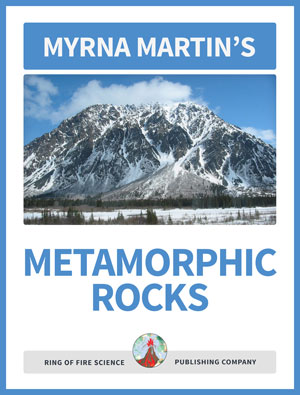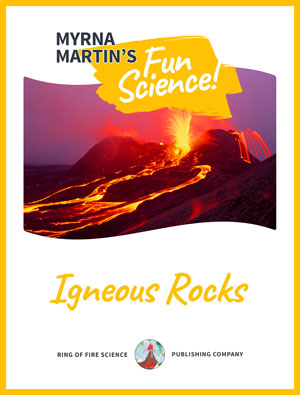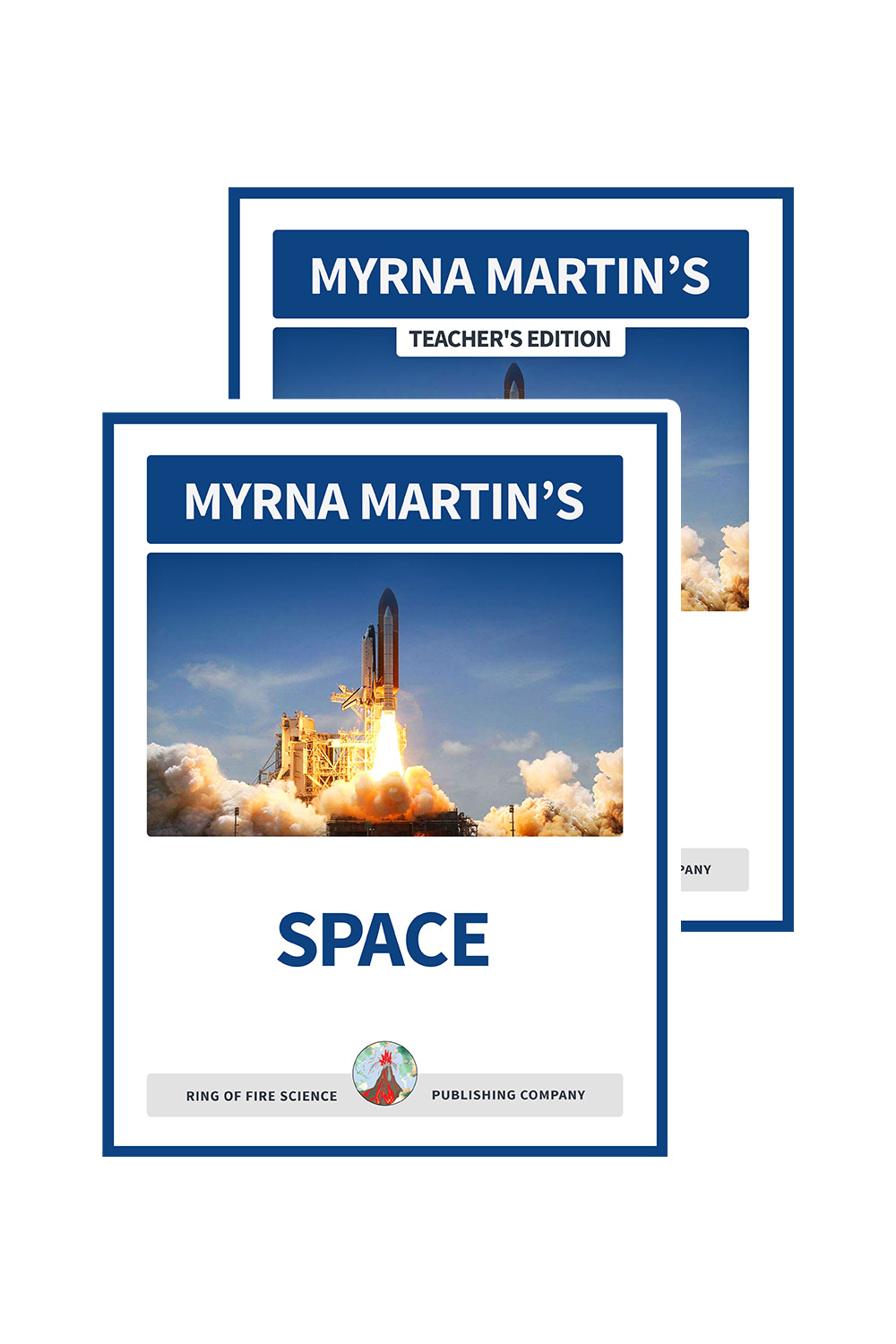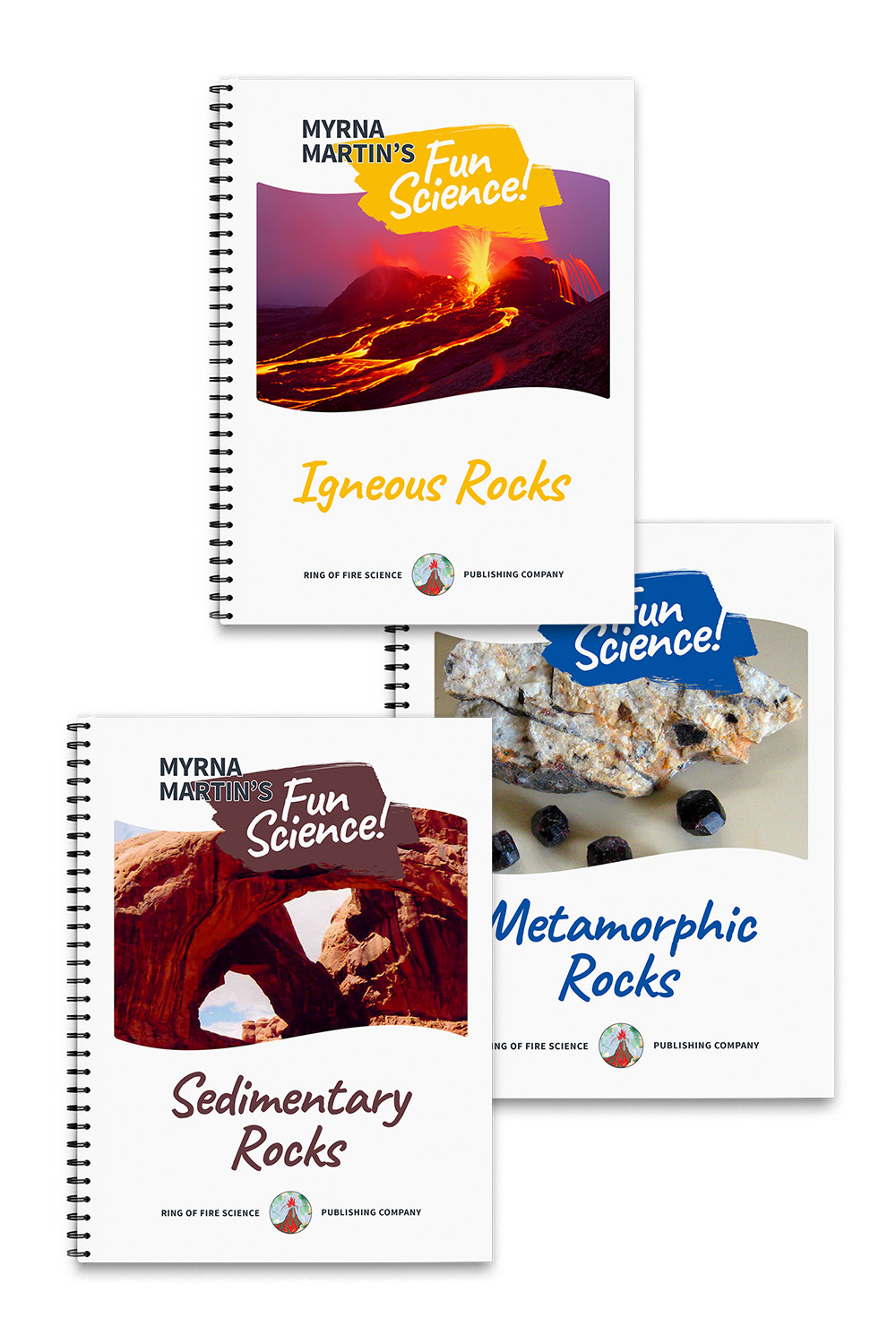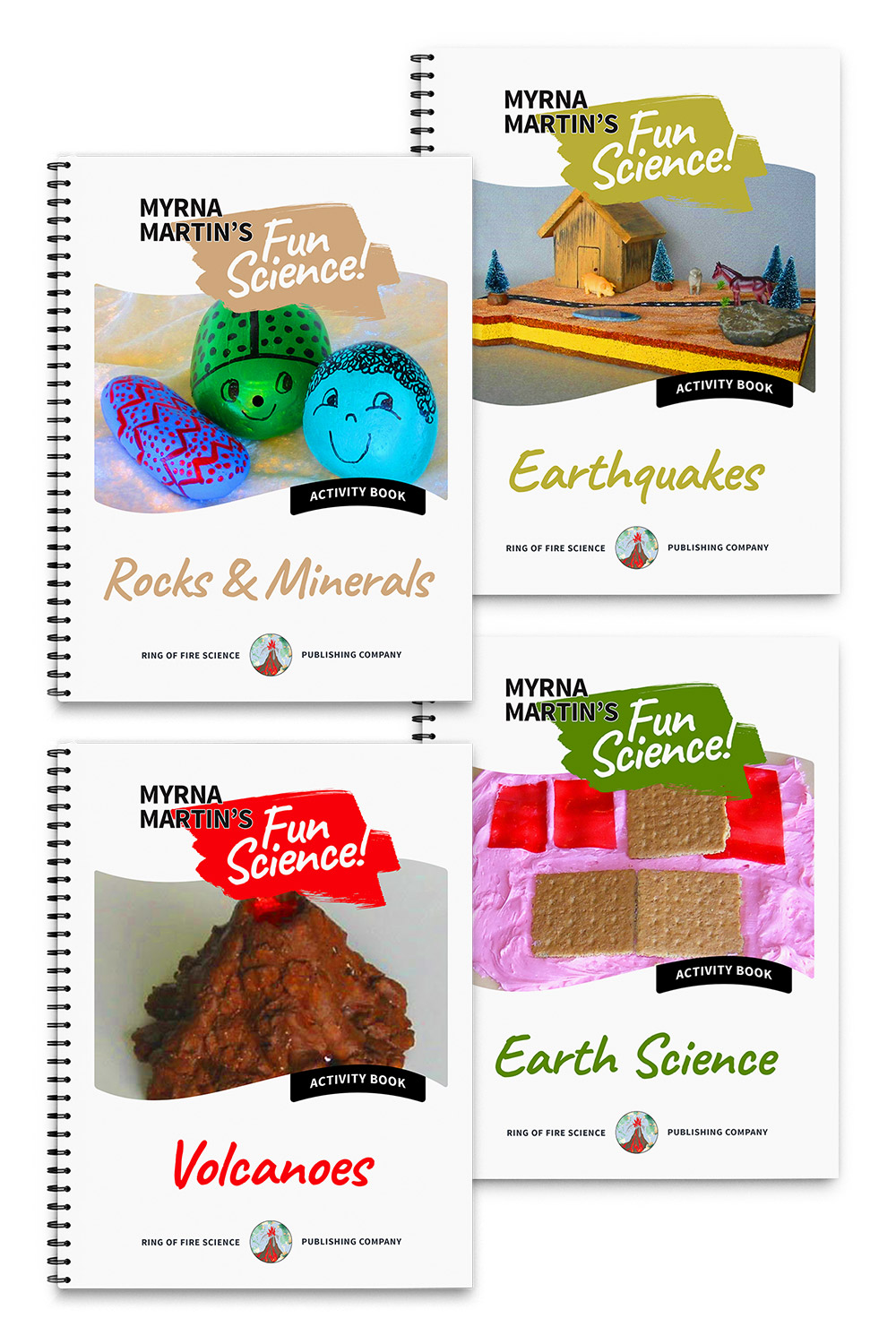Richter Magnitude Scale
The Richter magnitude scale was developed in 1935 by Charles Richter with the help of Beno Gutenberg. The size of the largest wave recorded by a seismograph at a reporting stations determines the magnitude of an earthquake.
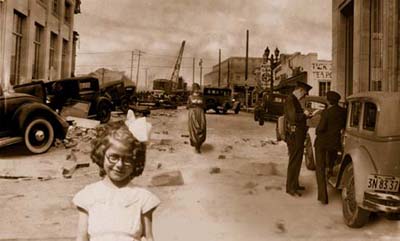
Long Beach, California after an earthquake in 1933.USGS
Single magnitude earthquakes
All earthquakes have a single magnitude. The magnitude of the earthquake is the same whether a person is 5 miles from the earthquake epicenter or 5,000 miles.
The scale uses the ground motion (amplitude) of earthquake waves recorded by a seismograph at recording stations to determine an earthquake's magnitude.
Each whole number on the scale represents a ten times increase in the ground shaking. An 8.0 earthquake produces ten times more ground shaking than a 7.0 earthquake. Three seismographs are needed to determine the earthquake focus.
Energy of the earthquake
An earthquake, for each higher number on the scale, releases thirty times more energy. A magnitude 8.0 earthquake releases 30 times more energy than a magnitude 6.0 earthquake. A magnitude 7.0 earthquake releases 1000 times more energy than a magnitude 6.0 earthquake.
Strength of rocks using Richter scale
The Richter scale is an open-ended scale but the strength of rocks limit the upper magnitude of an earthquake to slightly less than 9.0. After the 1960 Chile Earthquake and the 1964 Alaska Earthquake the moment magnitude scale was developed to study large earthquakes. Today most scientists use the moment magnitude scale when measuring large earthquakes above a magnitude 7.0 instead of the Richter scale.
More Earthquake Links
1964 Alaska Earthquake The 1964 Alaska quake was the largest earthquake ever recorded in North America.
Richter Magnitude Scale The Richter magnitude scale was developed in 1935 to study California earthquakes.
Moment Magnitude Scale The moment magnitude scale measures the total energy released by great earthquakes.
Normal Fault Find out how and why normal faults form.
Earthquake Waves Find out which earthquake waves are produced only by large earthquakes.
Earthquake Facts Did you know that an earthquake can occur any place on Earth?
Home Page The Science Site contains information on our planet, volcanoes, science projects, earthquakes and much more.
Kids Fun sCIENCE bOOKSTORE
Check out Myrna Martin's award winning textbooks, e-books, videos and rock sets. The Kids Fun Science Bookstore covers a wide range of earth science topics. Click here to browse.
Sign up to our monthly newsletter and receive our FREE eBook containing 3 fun activities that don’t appear in any of our other books!
The Kids Fun Science monthly newsletter will include the following: current events, weird and fantastic facts, a question of the month, science trivia and the latest new content from our website.
We respect your privacy and you can be assured that we will never share your email address or use it for any other purpose than to send you our newsletter.



